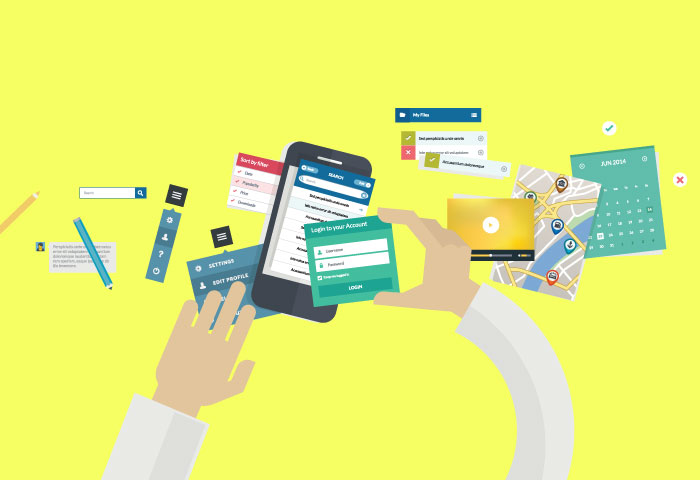How African outlets are using mobile apps to reshape consumers’ in-store shopping experience
This survival is largely attributable to the foresight of brands finding a way to rethink and strategize their in-store shopping experience to attract customers who otherwise would have been happy to maintain the pandemic status quo. by buying online.
According to benchmark data from AppsFlyer, total app installs on the African continent increased by 17% in the first half of 2022 compared to the first half of 2021, with mobile shopping app installs contributing to this increase .
E-commerce brands such as Jumia, Jiji.ng and Konga led the way, and we now see more traditional retailers following suit, recognizing the power of mobile as another channel to deliver great experiences, retain existing customers and engage with new audiences.
Perhaps more excitingly, we are also seeing a shift in consumer buying behavior through mobile power, with the rise of last mile delivery being one such option.
For example, in 2021, the Shoprite group in South Africa launched the Sixty60 Checker app that allows shoppers to order groceries and household items and have them delivered to their doorstep within 60 minutes. Many other retailers across Africa have also adopted this approach to make life easier for their customers and build loyalty, which is expected to become mainstream in stores across the continent in the future.
One exciting way that traditional retail brands have now incorporated a better user experience through apps is by giving customers the power to visualize how products will look and work for them on a personal level.
For example, paint and decorating company Dulux has a viewer app that lets customers see what different paint colors will look like in their home before they buy. Not only is this great from a user experience perspective, but it also helps reduce the likelihood of returns, which can be costly for many businesses.
Apps help customers make more informed decisions by allowing them to read reviews and ratings of products they are interested in, which helps brands better understand their customers’ interests and informs them about which products to display.
Customers prefer to enter a store with a particular item in mind and expect to find it easily. but more often than not this is not the case because either the item is out of stock or the product range is too overwhelming to identify what they are looking for.
Many brands now allow customers to browse stock availability for specific stores through their mobile apps. This further enhances the customer experience as customers no longer have to sift through hundreds of products or ask for help when deciding to shop in the store.
Loyalty of the clientele
Increasingly, retailers are noticing that their app users are among their most loyal and highest spending customers, driving installs as engagement becomes a top priority. While this could include in-app advertising, influencer marketing, social media campaigns and more, something as simple as a QR code that can easily be scanned in locker rooms and at checkouts is another great cost-effective option for acquiring users who are already familiar and engaged with the brand.
It’s clear that traditional retailers can’t afford to adopt a “one-channel-one-all” approach, as consumers want to interact with a brand at their convenience, whether on their phone, computer, in-store or more. from one to the same time. As a result, the physical shopping experience is evolving and the brands that excel are those that manage to blur the lines between offline and online in new and exciting ways.
About Sue Azari for eCommerce Manager, AppsFlyer
Sue Azari is Head of Ecommerce, EMEA and LATAM at AppsFlyer, where she brings her deep industry knowledge to advise businesses on their mobile marketing strategies. She has over 10 years of experience scaling retail applications, having worked for several high growth brands including The Very Group, Net-A-Porter and Beauty Pie. Outside of work, Sue spends her time practicing yoga, cold water swimming, kayaking and traveling to new cities.






